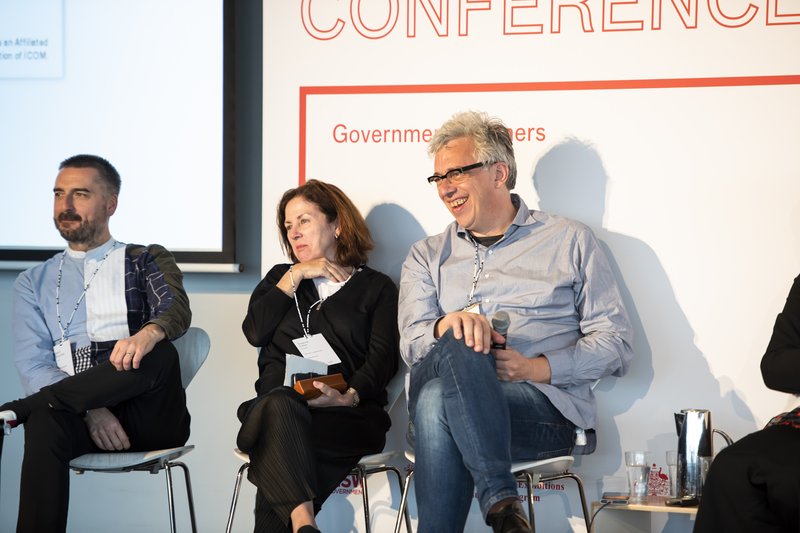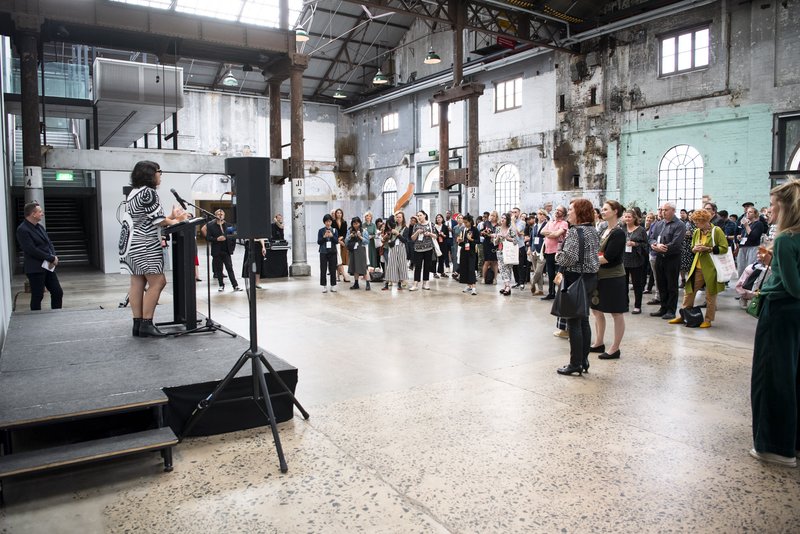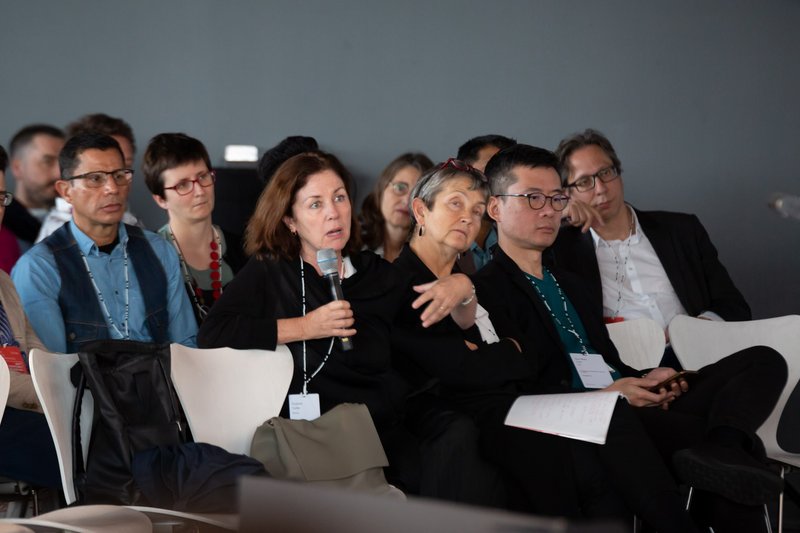"Museums should be places in which, through the work of artists, we can recognize ourselves and others."

Interview with Suzanne Cotter, Director of the Mudam Luxembourg -Musée d’Art Moderne Grand-Duc Jean for Tendencias del Mercado del Arte, No VIII, Spain.
As new Secretary-Treasurer of CIMAM, what are the most relevant issues for your organization that you would like to put at the core of the debate?
Among the most relevant issues for CIMAM and the board for the next three years is the sustainability of museums, in relation to challenges of their diverse cultural and political contexts and to the growing ecological crisis, strengthening our association with ICOM through our shared concerns, and an enhanced membership globally.
What art museums are for? How they can remain relevant in the twenty-first century? How can institutional collections keep up with their time?
Art museums have numerous functions according to their mission – historic, modern, contemporary, encyclopedic – and their context – geographic, cultural, etc. Common to them all is a mission to collect, preserve, research, and display, and to promote knowledge and appreciation. As you know, the definition of museums is being widely and passionately discussed by the International Council of Museums, with which CIMAM is associated. However, I believe we all believe that, through their activities, museums constitute a public sphere in which different constituents can gather, discover, exchange, agree and also disagree. Museums should be places in which, through the work of artists or those creators of objects or intangible forms that we consider as a form of art, we can recognize ourselves and others.

Is the rise in popularity of ephemeral and performative practices forcing museum professionals to redefine what constitutes a collectible artwork?
The turn to performance and ephemeral practices is not really new to museums of contemporary art, given their rise in the 1960s in particular. However, it is true that collections of such works raise other questions that need to be addressed and expand the curatorial and conservational framework. There are, however, some preexisting models, such as works of Conceptual art – think Sol LeWitt's wall drawings – that are actualized according to space and time in which they might be shown. Similarly, works by artists such as Franz Erhard Walther, among others. We are talking about questions of direction and permission as well as context. I am only speaking of Western examples, here, but I believe there are many. It is a challenge, but also part of what drives museums in addressing the changing nature of art in time.

How could museums approach the consequences of their infinitely expanding collections? And what opportunities exist in digital strategies for collections?
While not all museums have infinitely expanding collections, far from it, the question of collecting for museums is ever-present and pressing in light of increasing budget restraints inversely proportionate to the increasing market value of art, the real costs of conserving and storing collections, and, of course, the ethical dilemmas of access to these collections in a time of growing economic and social inequality. Partnerships between museums to show their collections is a practice that is now widely spread and takes many forms. Likewise, shared acquisitions, although relatively uncommon, are perhaps on the rise. Digital technology has already enabled a certain response to this question of access with museum collections being accessible online, and museums being able to be visited remotely thanks to 3D imaging.
Digital technologies are being developed in exciting ways; however, I am among those who still believe in the power of the physical encounter with the work of art, assuming there is a physical work of course.
Over the past decades, there has been an increase in the construction and development of museums. How do you see this phenomenon? Might the contemporary art boom be bad for museums?
An interest in contemporary art is not a bad thing. On the contrary, the recognition that artists can give form and expression to the world that interests, excites, inspires, or provokes us to think differently, and that has meaning, is, I would suggest, a civilizational constant.

As I mentioned earlier, the so-called contemporary art boom that is fueled by a growing market is problematic for museums, but can also be so for artists. Artists also are keen to see their works in museums, as are enlightened collectors who donate. Donations are an extremely important part of any museum collection strategy.
And in line with this, money, and where it comes from, is always a controversial topic when speaking about public museums. For example, American museums receive most of their funding privately. What do you think about the complaint that wealthy individuals are making the decisions that drive museum staffing and programming?
I do not think it is widespread. Certainly, in Europe, it is not the case, nor is it the norm in most US museums where the director and curators drive the program and collection building. As it should be.
Museums have the power to support artists by giving them exhibitions. How can an exhibition influence an artist’s career?
Museum exhibitions give visibility to the work of artists. They also create a context that enriches the appreciation of the work within broader narratives of art making. All these things contribute to how the work of that artist is valued intrinsically, and often also its market value. Well curated exhibitions can be a positive influence on an artist's career.
Are museums more important than ever, since visual language is becoming the lingua franca of the younger generation?
At the CIMAM conference in Sydney in 2019, the president of ICOM, Suay Aksoy, stated that museums today are more trusted than newspapers or political parties. I think that says a lot.